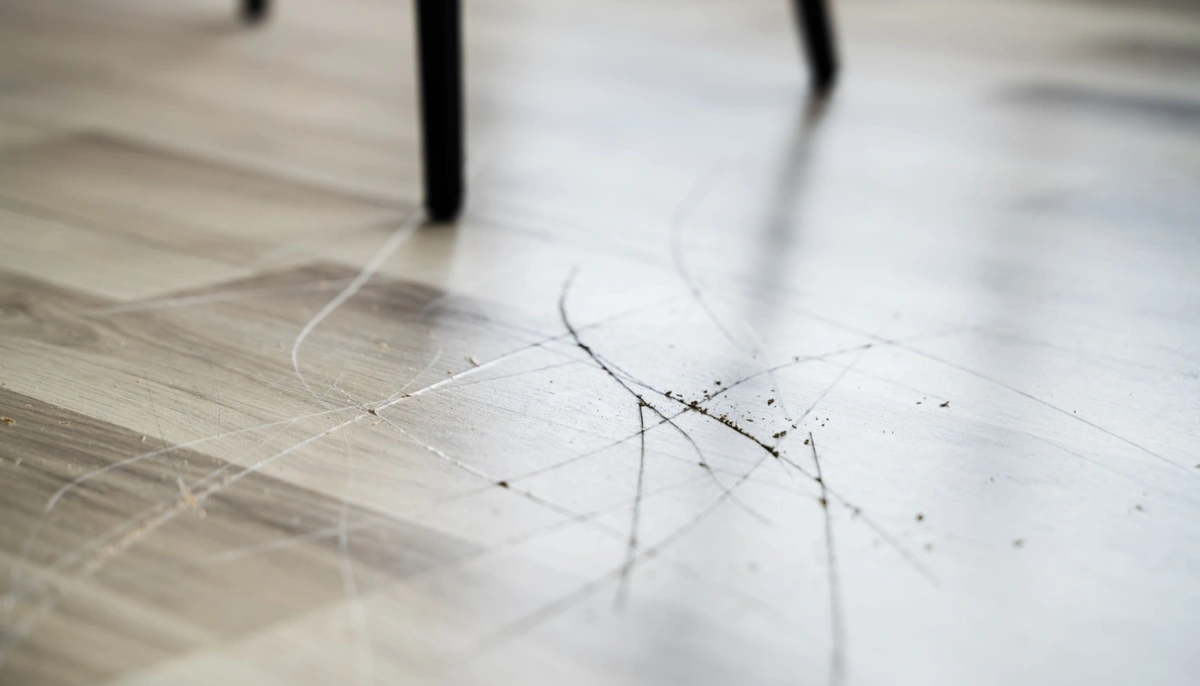The landlord tenant relationship can be tricky. There are fantastic, conscientious tenants, and there are those who can cause damage, stress and litigation. Sometimes, it’s hard to tell which kind of tenant you’re dealing with at move-in.
That’s why it’s essential to follow standard operating procedures to protect yourself – just in case your tenant adopts 20 feral cats or decides to host a headbangers’ hair festival in the living room.
Aside from a pre-rental tenant screening, a landlord tenant checklist comes in handy when someone moves in, and again when they move out. Today, we’ll take a deep dive into the move-in checklist.
Why Do You Need a Landlord Tenant Move-in Checklist?
A move-in checklist is an easy way to set a clear standard while outlining your expectations for a straight-forward and clear landlord-tenant relationship. Your goal is to have no ambiguity and it all starts here. You want everyone on the same page right from the beginning.
By taking these extra steps at move-in, you reduce the risk of disputes and lawsuits later on. As you’ve probably noticed, security deposits are a big point of contention. If you take the time to accurately document the condition of a property and to have your tenant sign off on the move-in condition, you make it much more difficult for them to argue about anything that is broken or damaged when they move out.
What Should Your Move-in Checklist Include?
Your checklist should include documentation of your responsibilities and the tenant’s responsibilities. It should also clearly document the condition of the property. With a quick Google search, you can download templates online, but don’t consider those off-the-shelf templates to be one and done. You need to customize your move-in checklist to work for your unique procedures and properties.
When you create your own form, it’s important to include a key for the abbreviations that you’ll use to record the condition of the space. Your checklist should include:
The landlord’s responsibilities:
- All locks have been changed
- Working smoke and carbon monoxide alarms are in place
- There is no mold on the premises
- If the property was built before 1978, a lead paint disclosure has been provided
- Thorough cleaning has been completed – make a list of places to check, including the hard to reach places like behind the stove and refrigerator, or behind the water heater
- Note that the unit is pest free and the data of the last insect spray or extermination service, if applicable
- Electricity, heat and thermostat are all in working order
- Plumbing components have been reviewed and are all in working order with no leaks
- Check that utilities have been set up and transferred into the tenant’s name
The tenant’s responsibilities:
- Move in date and move-in procedures
- Requirements for the first month’s rent and security deposit, in accordance with your state laws – total amount to be paid
- Requirements for how and when to pay rent in the future
- Utility turn-on requirements and dates
- How to contact you and the hours you are available
- House rules about parking, noise, pets, garbage, smoking, what to do if you need maintenance
- Emergency maintenance requests – what types of scenarios are considered emergencies and how to contact someone after hours
- Insurance – be sure the tenant knows they are responsible for insuring their own valuables within the walls of the property
The property’s condition:
Again, technology is your friend. If possible, document the unit’s condition with photos or video. This is much better than a checkmark on a bulleted list.
- Photos and videos should be date and time stamped
- Shoot photos and videos in natural light
- If using a video, narrate your film, explaining the room or item captured
- Go around each room from top to bottom – if shooting a video, stand in each corner of the room and shoot top, middle and bottom vantage points for 3 seconds each to document the condition of ceilings, walls and floors of each room
- Document the condition of light fixtures, plumbing fixtures, appliances, doors and trim, windows, window coverings
- Capture as much square footage as possible
Other Tips
If using an actual paper checklist to document the property’s condition, you will want to go room by room, with spaces to rate everything. The floors, walls, ceiling, doors, windows, screens, shades (if applicable), closets, electrical fixtures, and lightbulbs. You’ll want to include the cabinets, drawers, sinks and fans/lights and in your kitchen and bathroom sections, the toilet and tub or shower, caulking, countertops, fan, shelving and sink too in the bathroom.
Appliances should be included on these condition reports, with ratings for inside and outside, the lights and fans. The thermostat, water heater, smoke and carbon monoxide detectors should also be included.
Some forms have a section that allows you to put in the cost of replacing or repairing each item on the list. Of course, this added information is optional and will have to be updated regularly.
When Should You Use the Move-In Checklist?
If possible, review the lease and checklist in-person or over Zoom with the tenant, so you can go over each line item, answer questions and sign and date the lease together.
It is a good idea to send the documents, photos and videos to review in advance. Remember that many people are not readers and/or do not really absorb what they read. If you can use tech tools to narrate the process for them, they may “get it” and remember it more than they would by just reading. Tell your new tenants when you expect the checklist to be returned.
Be sure that each page of the checklist is initialed by the tenant and that the tenant signs off on the photos or video.
Flash forward to three years from now. If you go to court with the tenant that hosted the headbangers’ hair festival and you need to prove that the sheetrock and the chandelier were intact before she moved in, that video will come in handy. But it will be much more effective if the tenant has signed off that they have watched the video and they agree the condition documented is accurate.
Circumventing Move-Out Mayhem
You can use the checklist during walk-through at move-in, and again when tenants move out. During the move-in process, this checklist is an opportunity to catalog issues that existed prior to the new tenant moving in. Cataloguing these issues and what the space looks like as the tenant moves in will also make the move-out process easier. This is because you’ll be able to determine ahead of time the issues that existed when they moved in, and what damage your tenant may be responsible for. This can help you to avoid a security deposit dispute with former tenants.
You may also choose to do a pre-move out inspection, which will tell your outgoing tenant what they need to do to return the space to its original condition. It will also give you an opportunity to determine how much cleaning and what repairs you may need to make before you can re-rent the property,
When you do use these forms, it’s important to have your tenant sign and date the form each time you use it, so that you have proof that they’ve seen it and are aware of the conditions that are being reported.
Trust Honeycomb for Landlord Insurance
Landlord/tenant move-in checklists are designed to protect your interests, but despite these precautions, you can still be sued. Need great P&C insurance for your multi-family property? Get a quick quote from Honeycomb!




